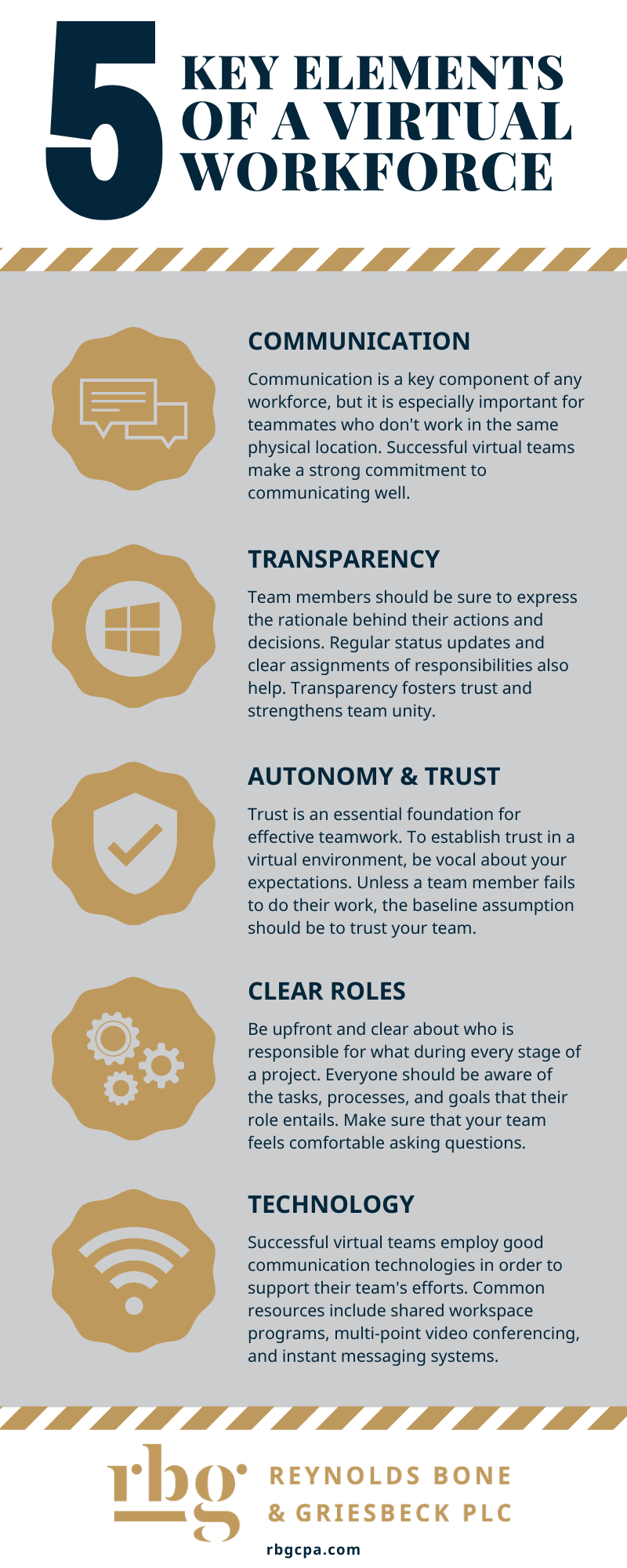Do I Qualify for Paid Sick Leave Under the New Coronavirus Act?
On Wednesday, March 18, President Trump enacted a coronavirus emergency relief package, the Families First Coronavirus Response Act. The legislation includes relief for American workers required to take time off work because of the coronavirus, the Emergency Paid Leave Act of 2020.
The act includes both paid leave benefits for American workers and tax credits for American employers, to offset the financial burden. Additionally, self-employed taxpayers are eligible for the tax credit.
Paid Sick Leave Eligibility
The new legislation mandates paid leave for many American workers. Private employers with fewer than 500 workers and public employers are now required to provide paid sick leave to workers who are affected by the coronavirus. A worker must have been employed at the company for at least thirty days prior to being impacted by coronavirus in order to qualify.
To be eligible for paid sick leave under this act, a worker must meet one or more of the following criteria:
- They have been ordered to self-quarantine or isolate by a federal, state, or local authority.
- They have been warned to self-quarantine or isolate by a healthcare provider.
- They are currently seeking a medical diagnosis for coronavirus symptoms they are experiencing.
- They are caring for someone who qualifies under either criterion 1 or 2, above.
- They are caring for a child whose school, daycare, or other childcare provider is unavailable as a result of coronavirus concerns.
Additionally, to receive paid sick leave, an eligible worker must take 14 or more days of leave (due to one of the circumstances listed above) in a one-month period.
Paid Sick Leave Details
Full-time workers qualify for up to 80 hours (two weeks) of sick leave. Those who are sick or quarantined qualify for full pay, up to $511 per day (maxing out at $5,110). Those who are on leave to care for another person are eligible for two-thirds of their normal pay, up to $200 per day (maxing out at $2,000). Part-time employees are eligible for sick leave equal to the average number of hours they work in a two-week period.
Additionally, the new legislation enhances the Family and Medical Leave Act (FMLA) that governs employee absences in order to care for minor children. In the event that a worker’s child cannot go to school or daycare as a result of coronavirus closures, the worker qualifies to receive two-thirds of their regular salary, up to $200 per day (maxing out at $10,000). This aid only becomes available after the worker has already been on leave for 10 days.
Please note: these paid sick leave provisions are not permanent. This legislation expires on December 31, 2020.
Tax Credit Details
In order to help employers pay for the sick leave as outlined above, the legislation outlines a new payroll tax credit. Employers will be reimbursed for the full amount of sick leave coverage. The credit has the same limitations as the leave for workers: $511 per day for workers who take leave due to sickness or quarantine and $200 per day for workers who take leave to care for another person.
For full details, read the text of the Families First Coronavirus Response Act at congress.gov. Alternatively, click here for a detailed summary from the House Committee on Appropriations.
As always, please do not hesitate to reach out to your RBG accounting advisor with any questions or concerns. We are here to help. 

